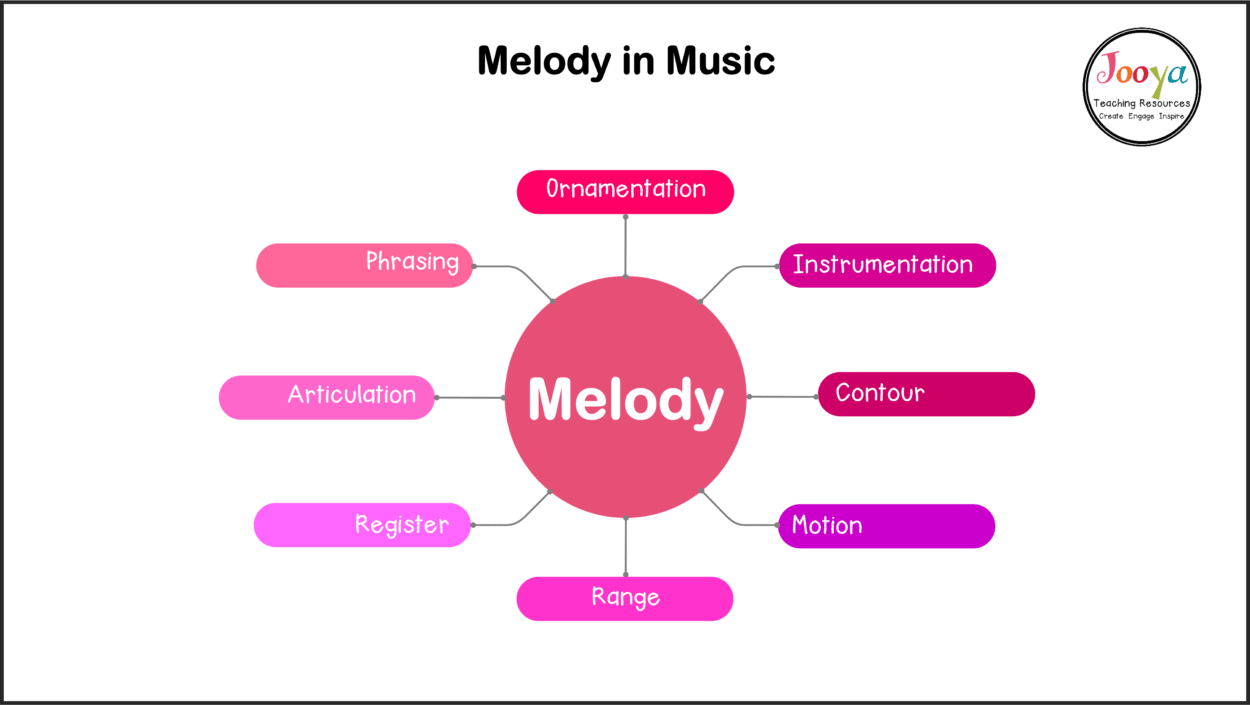It won’t be wrong if I say humans can’t live without music. Songs with the perfect music in our playlists are the required dose of energy to begin the day or sleep at night.
Music is a universal language that transcends boundaries, cultures, and languages. It is a powerful tool that has the ability to evoke emotions, tell stories, and connect people.
However, the elements that make up music can be complex and difficult to understand, especially for those who are not familiar with music theory.
Though you’ve heard about harmony, rhythm, and melody, do you know the difference between them?
Regardless of the pitch, the number of notes you play at one time is harmony, melody is the singable part of the music that has different notes of different pitches played to it. Rhythm is how long a note is played against the beat.
In this article, we will be exploring more differences between harmony, rhythm, and melody, which are the three fundamental elements of music.
What is Harmony?
Harmony is the combination of different notes played together to create a chord.
Now, what’s a chord?
A chord is a group of three or more notes that are played simultaneously, and it is the basic building block of harmony.
Harmony is what gives music its richness, depth, and complexity. It is the arrangement of different notes on top of each other to create a pleasing and satisfying sound.
Harmony can be simple or complex, depending on the number of notes played and the chords used.
A simple harmony may consist of just two or three notes played together, while a complex harmony may consist of several notes played together in an intricate pattern.
Harmony is an important element of music because it can create different moods and emotions.
A major chord, for example, is often associated with happy and upbeat music, while a minor chord is often associated with sad and melancholic music.
The use of harmony can also add tension and dramatic effect to the music, which can make it more exciting and interesting to listen to.

What is Rhythm?
Rhythm is the timing of the notes and rests in a music recording. It is the pattern of sounds and silences that create a sense of movement and flow.
Rhythm is what gives music its groove and pulse, and it is what makes you want to tap your foot or dance.
Rhythm can be simple or complex, depending on the number of beats in a measure and the time consumed.
A simple rhythm may consist of just two beats, while a complex rhythm may consist of several beats played in an intricate pattern.
Rhythm is an important element of music because it can create a sense of energy and drive. It can also create a sense of stability and predictability, making music more satisfying and enjoyable to listen to.
The use of rhythm can also create tension and release, which can make a piece of music more dynamic and interesting.

What is Melody?
Melody is part of the music that you can sing or hum, and it is usually played by the lead instrument or voice.
Melody is what gives music its memorable and recognizable quality, and it is what people often remember and sing along to.
Melody too can be simple or complex, depending on the number of notes used and the patterns used to create the melody.
A simple melody may consist of just a few notes played in a simple pattern, while a complex melody may consist of several notes played in an intricate pattern.
Melody is an important element of music because it is what people often remember and connect with.
It is what makes a piece of music unique and memorable, and it is what people often sing along to or hum to themselves. The use of melody can also create different moods and emotions, depending on the notes and patterns used.

The Differences Between Harmony, Rhythm, and Melody
While harmony, rhythm, and melody are all important elements of music, they are distinct from each other in several ways.
| Element | Definition | Function | Characteristics |
|---|---|---|---|
| Harmony | A combination of different notes is played together to create a chord. | Creates depth and richness. | The layering of different notes, which can be simple or complex, creates different moods and emotions |
| Rhythm | Timing of the notes and rests in music. | Creates groove and pulse. | The pattern of sounds and silences, which can be simple or complex, creates a sense of movement and flow |
| Melody | Central theme or tune of a piece of music. | Creates memorable and recognizable quality. | Played by the lead instrument or voice, can be simple or complex, creating different moods and emotions |
Harmony vs. Rhythm
One of the main differences between harmony and rhythm is that harmony is concerned with the combination of different notes, while rhythm is concerned with the timing of those notes.
Harmony is what gives music its depth and richness, while rhythm is what gives music its groove and pulse.
Moreover, harmony can be heard in a continuous sound pattern, while rhythm is heard as a series of individual beats.
Harmony is often created by playing several notes at the same time, while rhythm is created by playing notes and rests in a specific pattern.
Finally, while harmony and rhythm are both important elements of music, they can exist independently of each other.
Music can have a strong harmony but a simple rhythm, or it can have a complex rhythm but a simple harmony.
However, when combined, harmony and rhythm can create a powerful and dynamic musical experience.
Melody vs. Harmony
The main difference between melody and harmony is that melody is the main theme or tune of music, while harmony is the combination of different notes played together to create a chord.
Melody is what people often remember and sing along to, while harmony is what gives music its depth and richness.
Moreover, the melody is often played by the lead instrument or voice, while harmony is played by the accompanied instruments or voices.
Melody is what carries the emotional weight of a piece of music, while harmony supports and enhances the melody.
Finally, while melody and harmony are both important elements of music, they are often interdependent.
A melody can be enhanced by the addition of harmony, and harmony can be enriched by the addition of a strong melody.
Rhythm vs. Melody
Rhythm is concerned with the timing of the notes and halts in a music recording, while the melody is concerned with the main theme or tune of the music.
Rhythm is what gives music its groove and pulse, while the melody is what people often remember and sing along to.
Another difference between rhythm and melody is that rhythm is often created by the playback instruments or voices, while the melody is played by the lead instrument or voice.
Rhythm is what supports and enhances the melody, while the melody is what carries the emotional weight of a piece of music.
Finally, music can have a strong rhythm but a simple melody, or it can have a complex melody but a simple rhythm. But when combined, rhythm and melody can create a powerful musical experience.
FAQs (Frequently Asked Questions)
What is the relationship between harmony, rhythm, and melody in music?
Harmony, rhythm, and melody are all essential elements of music that work together to create a unique and memorable sound.
Harmony provides depth, rhythm provides groove and pulse, and melody provides the main theme or tune that people often remember and connect with.
How do harmony, rhythm, and melody create different moods and emotions in music?
Harmony, rhythm, and melody can all create different moods and emotions in music.
For example, a minor chord in harmony is often associated with sad and melancholic music, while a fast and upbeat rhythm can give you a dopamine rush.
Melody can also create different moods and emotions depending on the notes and patterns used.
Can one element of music exist without the others?
While each element of music can exist on its own, they are often interdependent and work together to create a complete musical experience.
For example, a melody played without any harmony or rhythm may sound incomplete or lack depth, while a harmony played without any melody may sound random or disorganized.
Conclusion
- Music is one thing that can match your energy and either make you feel too energized or sad. However, you hardly know about the struggle behind composing a bop music track.
- Harmony, rhythm, and melody are three fundamental elements of music that incorporate into a musical composition.
- While each element has its own distinct characteristics and roles, they are all essential in creating music.
- Harmony creates depth and richness, rhythm creates groove and pulse, and melody creates the main theme or tune that people often remember and connect with.
- Understanding the differences between these elements can enhance our appreciation and enjoyment of music, as well as deepen our understanding of how music works.
- Whether we are musicians or merely music lovers, an appreciation of the intricacies of harmony, rhythm, and melody can enrich our experience and understanding of the art of music.

